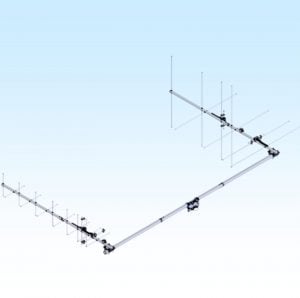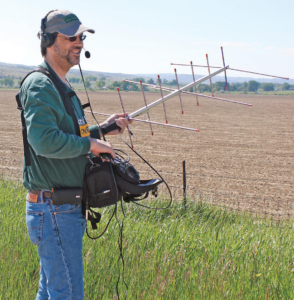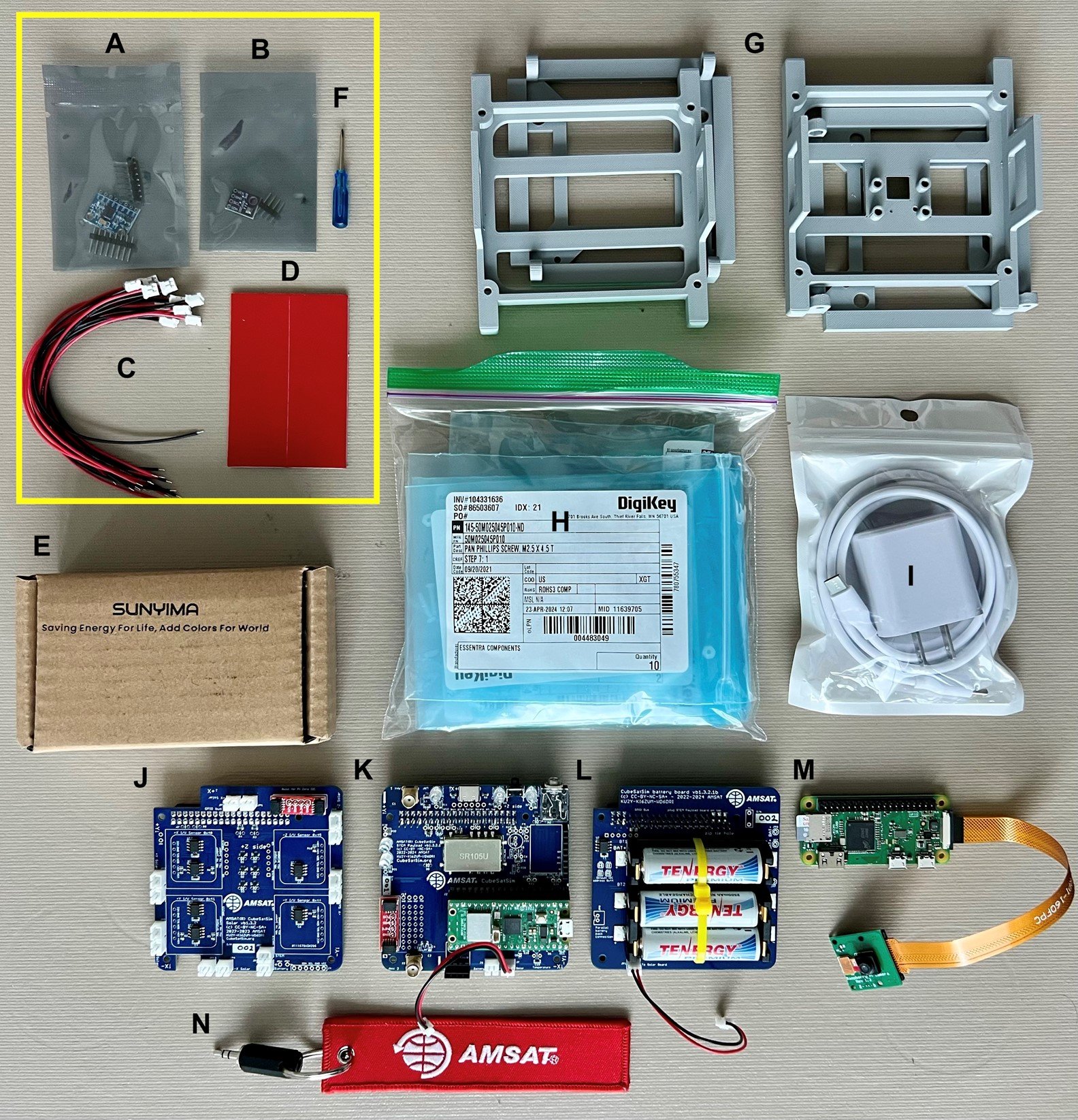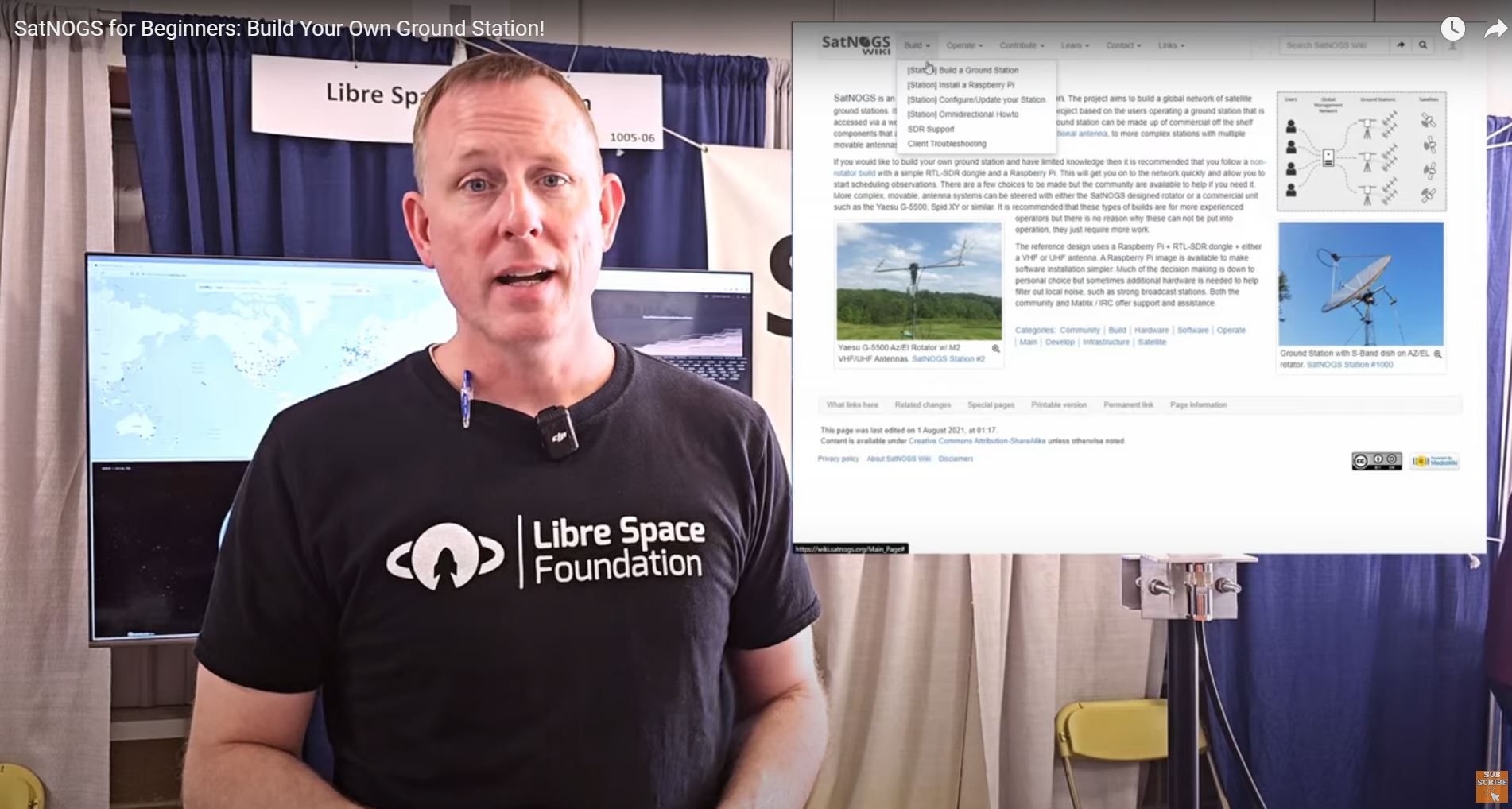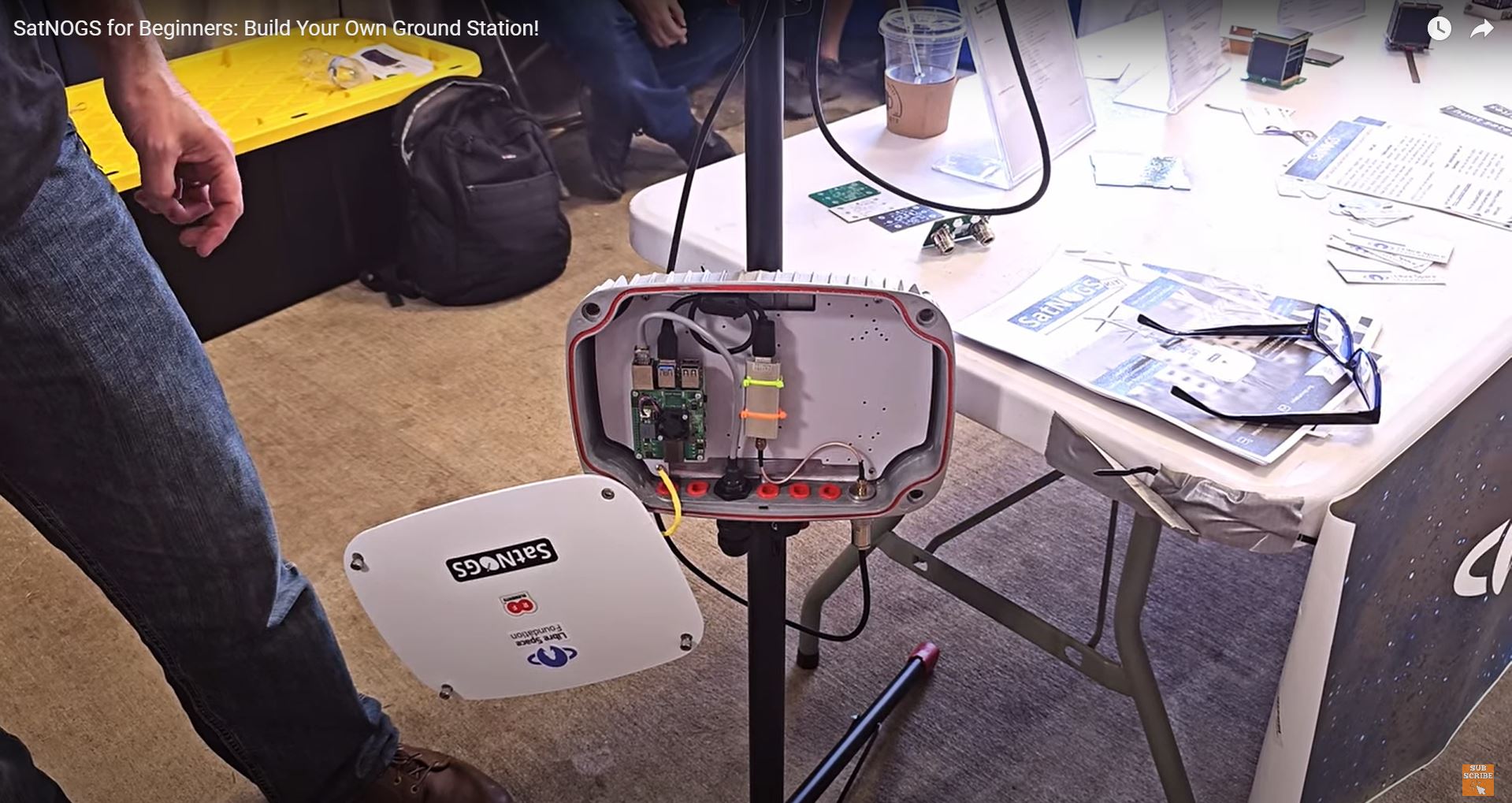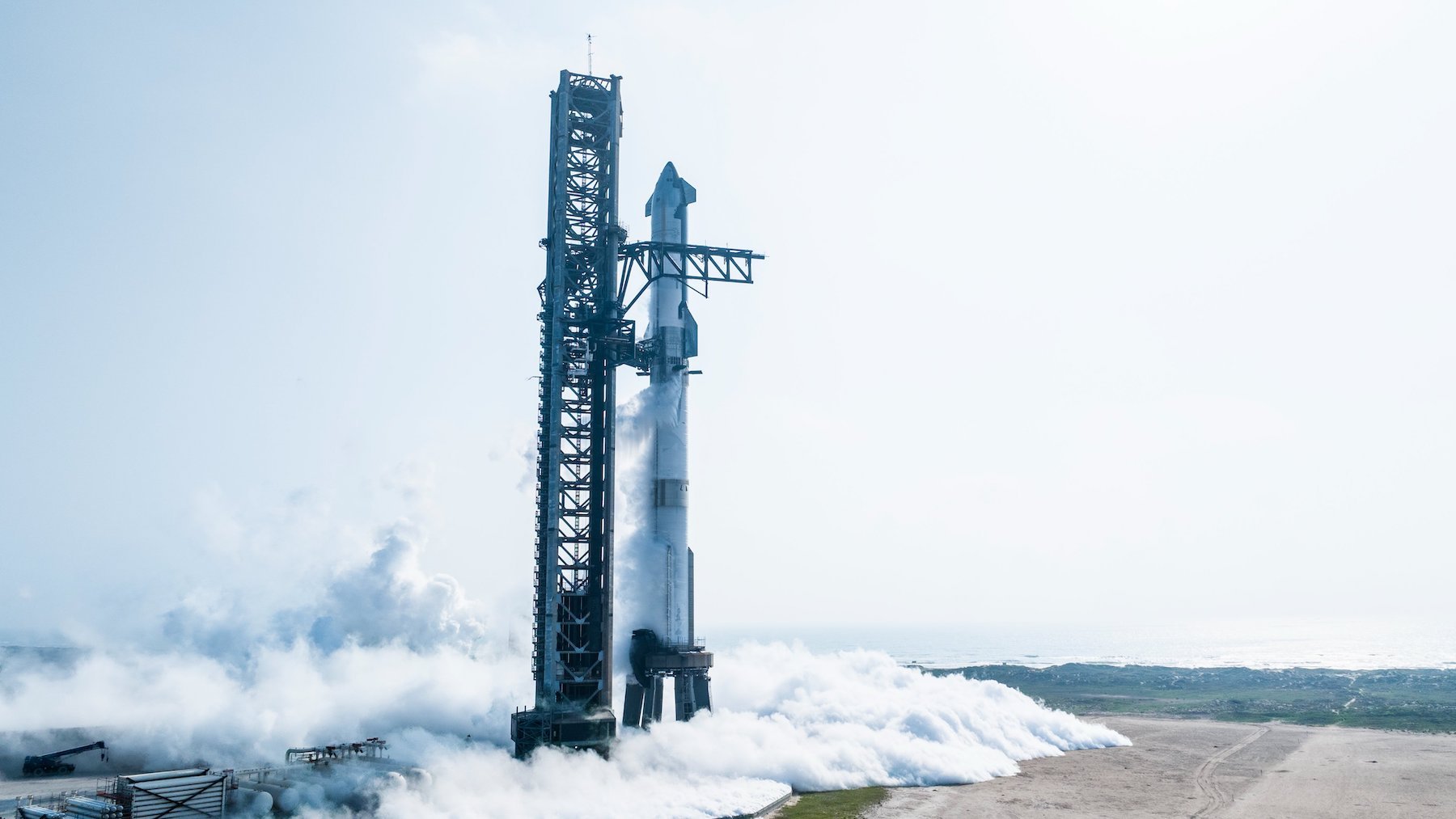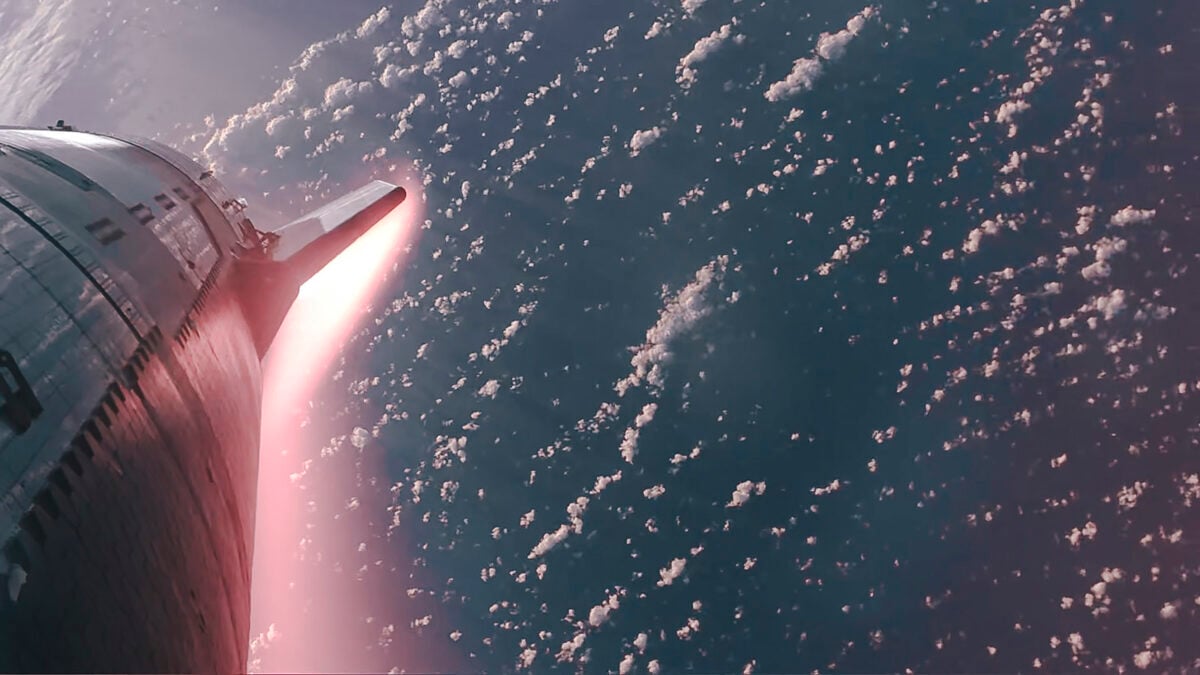In this edition:
* Firefly Delivers New Amateur Satellites to Orbit
* Ariane 6 Maiden Flight With GENESIS-A Module
* Logbook of The World Returns To Service
* LUSAT, Dead or Alive?
* LEGO Bricks Printed out of Space Dust
* Field Day Submissions Now Due
* Changes to AMSAT-NA TLE Distribution
* ARISS News
* Upcoming Satellite Operations
* AMSAT Ambassador Activities
* Satellite Shorts From All Over
The AMSAT News Service bulletins are a free, weekly news and information service of AMSAT, the Radio Amateur Satellite Corporation. ANS publishes news related to Amateur Radio in Space including reports on the activities of a worldwide group of Amateur Radio operators who share an active interest in designing, building, launching and communicating through analog and digital Amateur Radio satellites.
The news feed on http://www.amsat.org publishes news of Amateur Radio in Space as soon as our volunteers can post it.
Please send any amateur satellite news or reports to: ans-editor [at] amsat.org
You can sign up for free e-mail delivery of the AMSAT News Service Bulletins via the ANS List; to join this list see: https://mailman.amsat.org/postorius/lists/ans.amsat.org/
ANS-189 AMSAT News Service Weekly Bulletins
DATE 2024 July 7
Firefly Delivers New Amateur Satellites to Orbit
The Firefly Alpha FLTA005/NASA ELaNa 43 mission, nicknamed “Noise of Summer,” launched successfully at 04:04 UTC on July 4 (Wednesday evening, July 3 in the U.S.) and deployed eight new cube satellites to Low Earth Orbit (LEO). Five of these cubesats carry amateur radio equipment.
The cubesats were placed into a sun-synchronous Earth orbit, meaning that all locations on earth will see high-elevation passes roughly between 8:00 and 10:00 a.m. and between 8:00 and 10:00 p.m. local time daily, with lower elevation passes earlier and later.
Among the newly-deployed satellites, the one of greatest interest to the amateur radio community is MESAT1. Built by the University of Maine, in cooperation with AMSAT, this satellite carries a 30 kHz wide V/U Transponder plus a 1k2 BPSK telemetry downlink. Telemetry downlink 435.800 MHz with transponder downlink 435.810-435.840 MHz, and transponder uplink 145.910-145.940 MHz. Amateurs are encouraged to use AMSAT’s FoxTelem software to collect telemetry.
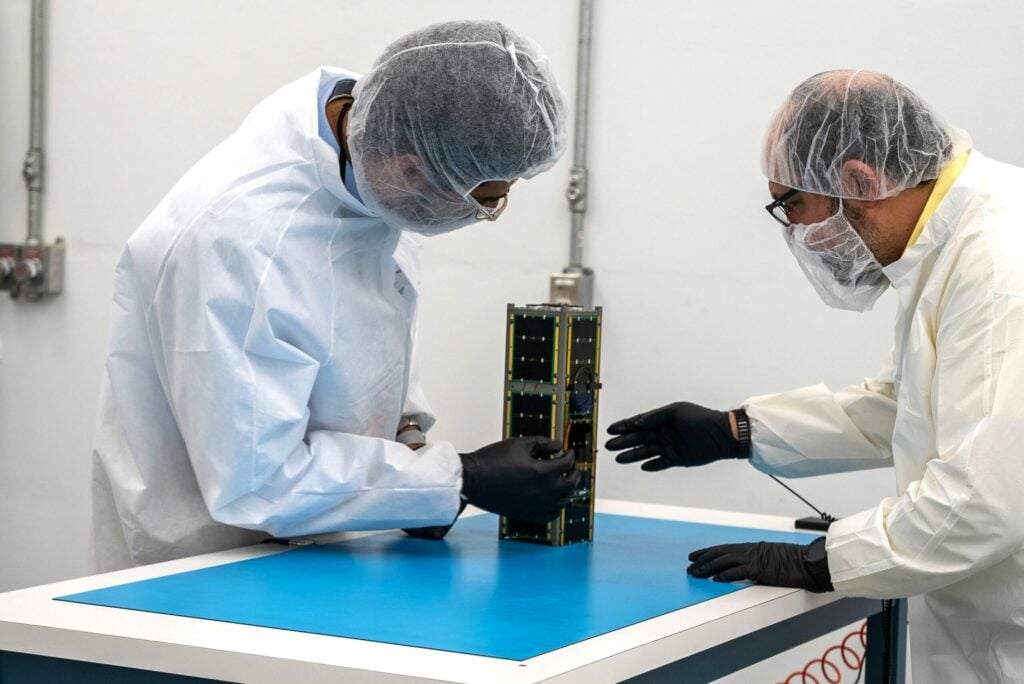
MESAT1 being prepared for integration aboard the Firefly Alpha (Photo credit, University of Maine)
MESAT1 involves three missions designed by high school students in Maine. The science payloads are climate focused and include ALBEDO, IMAGER, and HAB. These will identify urban heat islands, determine concentration of phytoplankton in water bodies, and help predict harmful algal blooms. Four multispectral cameras on board will relay the data down to University of Maine’s ground station for further processing. Amateurs are encouraged to use AMSAT’s FoxTelem software to collect telemetry and assist in these science projects.
Also deployed was CatSat, a technology demonstration of an inflatable antenna for high-speed communications, built by the University of Arizona. CatSat’s deployable antenna consists of a Mylar balloon. The front half of the balloon is transparent, allowing microwaves to pass through. The back half of the balloon is aluminized, creating a reflecting antenna. After reaching low Earth orbit, CatSat’s antenna will deploy and inflate to a diameter of just over one-and-a-half feet CatSat’s demonstration will be to transmit high-definition Earth photos to 10 GHz, X-band ground stations at ~50 megabits per second.
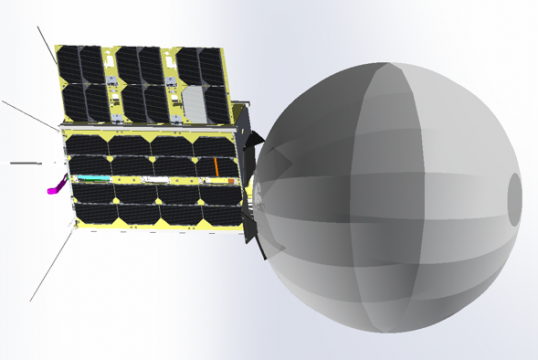
Artist’s rendering of CatSat with 10 GHz balloon antenna deployed. (University of Arizona)
In addition to images, data about the structure of the Earth’s ionosphere will be gathered by listening-in to thousands of beacons from ground-based ham radio stations. CatSat will relay WSPR and FT8 signals from HF. Downlinks on 437.185 MHz and 10470.00 MHz.
Other satellites with IARU-coordinated amateur frequency downlinks include:
Serenity, which uses a 4k8 FM with AX25 downlink on 437.100 MHz. Serenity was built by Teachers in Space, Inc., a 501(c)(3) nonprofit educational organization in North America that stimulates student interest in science, technology, engineering, and mathematics (STEM). They provide teachers with real space science experiences, space flight opportunities, and industry connections.
KUbeSat-1, revives small satellite research at the University of Kansas and starts a new KUbeSat program that will offer space access to student research. The main payload on KUbeSat-1 is the Primary Cosmic Ray Detector which will use a new method to measure the energy and species of primary cosmic rays hitting the Earth. The secondary payload is the High-Altitude Calibration, (HiCalK) that builds on decades of research surrounding Very High Frequency signals generated by cosmic ray interactions with the atmosphere. UHF downlink using 9k6 GMSK. A downlink on 437.085 MHz.
SOC-i (Satellite for Optimal Control and Imaging) is a technology demonstration mission of attitude control technology and a camera that serves as an instrument to demonstrate SOC-i’s pointing abilities. Developed at the University of Washington, SOC-i has a UHF downlink using 4k8 GMSK. downlink 437.125 MHz.
[ANS thanks NASA, Firefly Aerospace, and Spacflight Now for the above information]
The 2024 AMSAT President’s Club coins are here now!
Help Support GOLF and Fox Plus
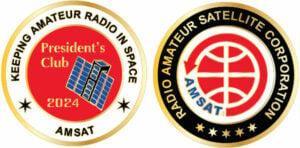
Join the AMSAT President’s Club today and help
Keep Amateur Radio in Space!
https://www.amsat.org/join-the-amsat-presidents-club/
Ariane 6 Maiden Flight With GENESIS-A Module
The maiden flight of the new European launcher, Ariane 6, is scheduled for July 9, 2024, with a launch window of 3:00 p.m. to 7:00 p.m. local time from the European spaceport in French Guiana (July 9 20:00h to July 10 00:00h CEST). Among many other payloads, it carries our (inside YPSAT) GENESIS-A module, attached to the second stage of the launcher. The module will transmit FT8 and live SSTV images in Robot 36 format.
FT8 transmissions are made every 16 seconds, while SSTV’s are every 5 minutes.
The working frequencies are as follows:
Downlink 144.175 MHz FT8 Mode:
– Callsign AO4ARI HO60 if the antenna has been deployed
– Callsign AO4ARI HO61 if the antenna has not been deployed
Downlink 144.550 MHz SSTV Robot 36 mode with live image and Hades text
A carrier with a frequency of 144.550 MHz (same frequency as SSTV) is left between FT8 tones.
This information is compiled in PDF in the following document on our web:
https://www.amsat-ea.org/app/download/13458580/AMSAT+EA+-+GENESIS-A+transmissions+description.pdf
The only thing ESA has given us is the trajectory over the ground while flying over Europe, but we don’t have TLEs or anything that we can semi-automate. It is available on our website:
https://www.amsat-ea.org/s/cc_images/cache_19006006.jpg?t=1720182961
It will be very difficult to receive it but we thank you all if you try and if you spread this information to have all possible operators tuned into FT-8 that day. The module will fall into the sea with the second stage after a few hours.
More information about the flight including timings here:
https://www.esa.int/Enabling_Support/Space_Transportation/Ariane/Ariane_6_launch_how_to_watch_and_what_to_look_out_for
[ANS thanks Félix Páez, EA4GQS, AMSAT EA, for the above information]
Logbook of The World Returns To Service
Effective 12:00pm ET / 16:00 UTC on July 1, Logbook of The World® (LoTW®) has been to service.
As work progressed on the network, some users encountered LoTW opening briefly during which some 6600 logs were uploaded. The logs were not processed until this weekend as we tested that the interfaces to LoTW were functioning properly.
We are taking steps to help manage what will likely be a huge influx of logs. We are requesting that if you have large uploads, perhaps from contests or from a DXpedition, please wait a week or two before uploading to give LoTW a chance to catch up. We have also implemented a process to reject logs with excessive duplicates. Please do not upload your entire log to “ensure” your contacts are in LoTW as they will be rejected. Lastly, please do not call ARRL Headquarters to report issues you are having with LoTW. You can contact support at [email protected].
Through the end of the year, you may experience planned times when LoTW will be unavailable. We have been using this time to evaluate operational and infrastructure improvements we would like to make to LoTW. Those times will be announced.
We appreciate your patience as we worked through the challenges keeping LoTW from returning to service. We know the importance of LoTW to our members, and to the tens of thousands of LoTW users who are not ARRL members. LoTW, just behind QST, is our second most popular ARRL benefit.
[ANS thanks ARRL for the above information]
LUSAT, Dead or Alive?
LO-19, co-ordinated by AMSAT Argentina, the LUSAT (named after the LU amateur designation for Argentina) microsatellite was launched on the first ARIANE ASAP flight V35 with SPOT 2, on the 22 January 1990 (01:35:27 GMT) into an 780 km sun-synchronous, 98 degree inclined orbit.
It carried a Digital Store and Forward packet communications transponder similar to AO-16. Downlink was AX.25 at 437.125 MHz SSB 1200 bps RC-BPSK. It is box shaped with dimensions of 213 × 230 × 230 mm, with four solar panels and weighs 13.76 kg.
Long past its expected useful life, in recent years LUSAT has only been transmitting an unmodulated carrier signal.
On June 29, Gustavo Carpignano, LW2DTZ, reported that recent observers had failed to detect the carrier. Gustavo declared LO-19 dead.
However, on July 1, Nico Janssen, PAØDLO, reported receiving the carrier, but at a signal strength much weaker than over previous years. Nico suggested that, perhaps, the onboard power amplifier has failed.
Well-equipped ground stations may wish to give a listen to test what they can hear.
[ANS thanks Gustavo Carpignano, LW2DTZ, Nico Janssen, PAØDLO, and Gunter’s Space Page, for the above information]
Need new satellite antennas?
Purchase M2 LEO-Packs from the AMSAT Store.

When you purchase through AMSAT, a portion of the proceeds goes towards
Keeping Amateur Radio in Space.
https://amsat.org/product-category/hardware/
LEGO Bricks Printed out of Space Dust
There have been many proposals for building structures on the Moon out of lunar regolith. But here’s an idea sure to resonate with creators, mechanical tinkerers, model builders and the kid inside us all.
What about using actual LEGO bricks?
Researchers ground up a 4.5-billion-year-old meteorite and used the dust to 3D print LEGO-style space bricks. They actually click together like the plastic variety, with so far only one downside: they only come in one color, grey.
Universe Today
Want to see some of these lunar LEGOs? LEGO will showcase the space bricks at some of its stores.
Creating building materials on the Moon or Mars from the material on hand means construction materials don’t have to be transported from Earth. This would be a huge savings in launch costs because less weight would have to be boosted from Earth.
A group of scientists from ESA (European Space Agency) were inspired by LEGO bricks, and with the advances in 3D printing, had the idea to print space bricks and test how they would work for construction.
The only problem was that except for the Moon rocks brought back by the Apollo astronauts – which are highly guarded for scientific study only — there’s not any lunar regolith available on Earth to experiment with.
But meteorite dust is a close cousin to lunar regolith. The ESA team was able to get a meteorite that was discovered in Northwest Africa in 2000 and is about 4.5 billion years old. It is made of metal grains and chondrules, similar to Moon dust.
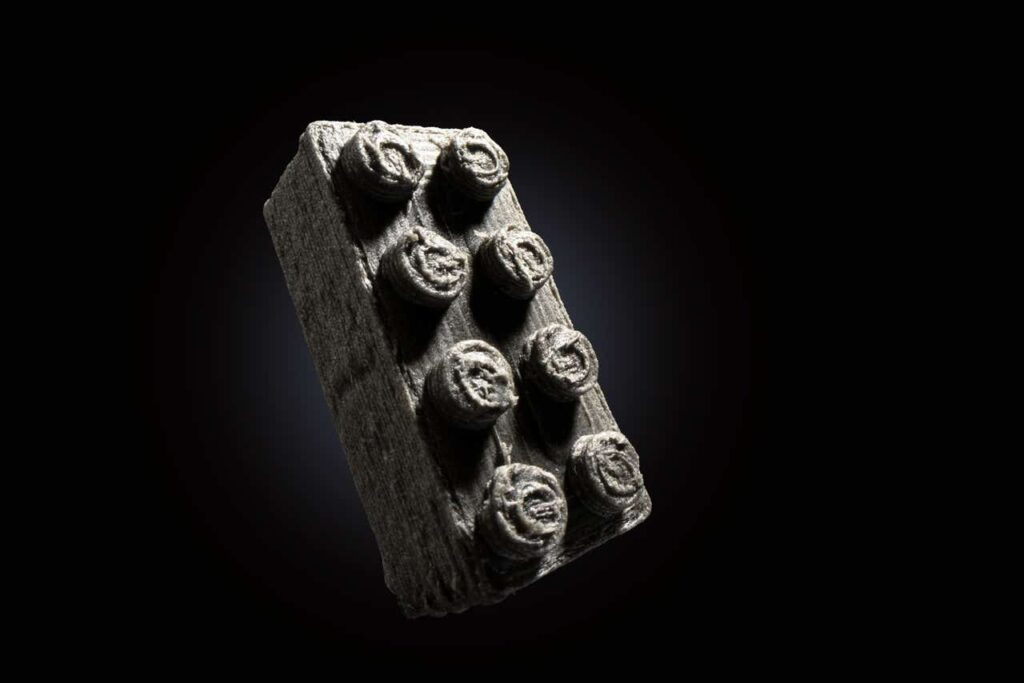
Inspired by LEGO, ESA scientists have used dust from a meteorite to 3D-print LEGO-style ‘space bricks’
to test out construction ideas for a future Moon base. Credit: The LEGO Group
They mixed the meteorite dust with a some other things, like a polymer called polylactide and regolith simulant and 3D printed bricks that mimic and behave just like LEGO bricks. While they aren’t smooth like regular LEGO bricks, ESA said the space bricks gave ESA’s space engineers the flexibility to build and test a variety of structures using this new material.
“It’s no secret that real-world scientists and engineers sometimes try out ideas with LEGO bricks,” said Emmet Fletcher, Head of ESA’s Branding and Partnerships Office. “ESA’s space bricks are a great way to inspire young people and show them how play and the power of the imagination have an important role in space science, too.”
“Nobody has built a structure on the Moon, so it was great to have the flexibility to try out all kinds of designs and building techniques with our space bricks,” said . ESA Science Officer Aidan Cowley. “It was both fun and useful in scientifically understanding the boundaries of these techniques.”
For a list of where the lunar LEGOs will be on display worldwide, see https://www.universetoday.com/167675/lego-bricks-printed-out-of-space-dust/#more-167675
The LEGO website has additional details at https://www.lego.com/en-us/aboutus/news/2024/june/lego-bricks-scientists-build-astronaut-shelters-on-the-moon
Hopefully the lunar LEGOs will inspire both children and adults about space and to encourage them to build their own LEGO Moon bases.
[ANS thanks Universe Today for the above information]
Field Day Submissions Now Due
Field Day is behind us and it is time to tally your contacts and submit the for AMSAT Field Day.
The Satellite Summary Sheet should be used for submission of the AMSAT Field Day competition and be received by KK5DO (e-mail) by 11:59 P.M. CDT, Monday, July 23, 2024. This year, we are using the same due date as the ARRL. The only method for submitting your log is via e-mail to [email protected] or [email protected]. I have not had a mail-in entry in a very long time.
If you need to download a summary sheet, it can be found at https://www.amsat.org/field-day/
or directly from my website https://www.amsatnet.com/2024fd.docx
[ANS thanks Bruce Paige, KK5DO, AMSAT Director Contests and Awards, for the above information]
Want to fly the colors on your own grid expedition?
Get your AMSAT car flag and other neat stuff from our Zazzle store!
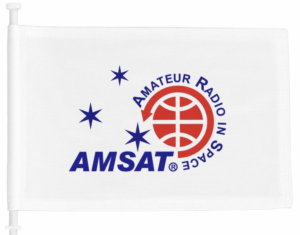
25% of the purchase price of each product goes towards
Keeping Amateur Radio in Space
https://www.zazzle.com/amsat_gear
Changes to AMSAT-NA TLE Distribution for July 5
Two Line Elements or TLEs, often referred to as Keplerian elements or keps in the amateur community, are the inputs to the SGP4 standard mathematical model of spacecraft orbits used by most amateur tracking programs. Weekly updates are completely adequate for most amateur satellites. TLE bulletin files are updated daily in the first hour of the UTC day. New bulletin files will be posted immediately after reliable elements become available for new amateur satellites. More information may be found at https://www.amsat.org/keplerian-elements-resources/.
The following satellites from last week’s Firefly Alpha FLTA005/NASA ELaNa 43 launch have been added. They are listed as OBJECT A-H, with the exception of object G which is likely MESAT1. As is the case with most cubesat launches, it will take a while to figure out which object is which.
OBJECT A 60203
OBJECT B 60204
OBJECT C 60205
OBJECT D 60206
OBJECT E 60207
OBJECT F 60208
MESAT1 60209
OBJECT H 60210
OBJECT J 60211
OBJECT K 60212
[ANS thanks AMSAT Orbital Elements page for the above information]
ARISS NEWS
Amateurs and others around the world may listen in on contacts between amateurs operating in schools and allowing students to interact with astronauts and cosmonauts aboard the International Space Station. The downlink frequency on which to listen is 145.800 MHz worldwide.
UPCOMING CONTACTS:
Youth On the Air 2024, Mount Saint Vincent University, NS, Canada, Telebridge via ZS6JON
The ISS callsign is presently scheduled to be NA1SS
The scheduled crewmember is Jeanette Epps, KF5QNU
The ARISS mentor is VE3TBD
Contact is go for: Tue 2024-07-09 15:06:38 UTC 65 degrees maximum elevation
Houjoudu Elementary School, Imizu, Japan, direct via JA9YQJ
The ISS callsign is presently scheduled to be OR4ISS
The scheduled crewmember is Mike Barratt, KD5MIJ
The ARISS mentor is 7M3TJZ
Contact is go for: Thu 2024-07-11 10:48:03 UTC 83 degrees
The crossband repeater continues to be active (145.990 MHz up {PL 67} & 437.800 MHz down). If any crewmember is so inclined, all they have to do is pick up the microphone, raise the volume up, and talk on the crossband repeater. So give a listen, you just never know.
The packet system is also active (145.825 MHz up & down). HamTV (2.395 GHz) and SSTV (145.80 MHz) are both stowed.
As always, if there is an EVA, a docking, or an undocking; the ARISS radios are turned off as part of the safety protocol.
Note, all times are approximate. It is recommended that you do your own orbital prediction or start listening about 10 minutes before the listed time.
The latest information on the operation mode can be found at https://www.ariss.org/current-status-of-iss-stations.html
The latest list of frequencies in use can be found at https://www.ariss.org/contact-the-iss.html
[ANS thanks Charlie Sufana, AJ9N, one of the ARISS operation team mentors for the above information]
Upcoming Satellite Operations
NDØC and family will be on another family camping vacation from 24 June thru 7 July, this time through Wisconsin to Michigan and back thru Illinois and Iowa. No super rare grids but several that may be needed by many. The grids and passes will depend on where/when we happen to be while on the road or camping. This will be all LEO sats: FM & SSB. As always, they will try for EU passes on RS-44 when possible. Randy is looking forward to pushing past the 100 grids-roved milestone.
A growing number of satellite rovers are currently engaged in sharing their grid square activations on https://hams.at. By visiting the website, you gain easy access to comprehensive information about the operators responsible for activating specific grid squares. Additionally, you have the ability to assess the match score between yourself and a particular rover for a given pass, while also being able to identify the upcoming satellite passes that are accessible from your location.
[ANS thanks Ian Parsons, K5ZM, AMSAT rover page manager, for the above information]
AMSAT Ambassador Activities
AMSAT Ambassadors provide presentations, demonstrate communicating through amateur satellites, and host information tables at club meetings, hamfests, conventions, maker faires, and other events.
July 20, 2024
“Moon Day” Frontiers of Flight Museum
Love Field in Dallas, Texas
AMSAT volunteers needed! Contact tschuessler(at) amsat.org for more information.
August 17-18, 2024
Huntsville Hamfest
Huntsville, AL
AMSAT Booth and Forum
N8DEU and W4FCL
September 7, 2024
Greater Louisville Hamfest
Shepherdsville, KY
AMSAT Forum and Information Table
W4FCL
October 5, 2024
Central Kentucky Hamfest
Lexington, KY
AMSAT and Educational Satellites Forum and Information Table
AI4SR and W4FCL
October 5, 2024
North Star Radio Convention
Hennepin Technical College (North Campus)
Brooklyn Park, Minn.
AMSAT Forum and Information Table
KØJM and ADØHJ
AMSAT Ambassador Clint Bradford, K6LCS, says,
“Think a 75-minute presentation on “working the easy satellites” would be appropriate for your club or event? Let me know by emailing me at k6lcsclint (at) gmail (dot) com or calling me at 909-999-SATS (7287)!”
Clint has NEVER given the exact same show twice: EACH of the 150+ presentations so far has been customized/tailored to their audiences.
[ANS thanks the AMSAT Events page for the above information]
Satellite Shorts From All Over
+ What GOES up … NOAA’s latest Geostationary Operational Environmental Satellite, GOES-U, launched on the first Falcon Heavy of the year on June 25 from Launch Complex 39A at Kennedy Space Center. The mission, the last of the GOES-R series of geostationary weather satellites, continuously monitors weather systems over the Western Hemisphere. Assuming that next week’s planned burn to lift the satellite to geosynchronous orbit is successful, this satellite will be re-designated as GOES-19 and will, in coming months, take over the GOES-East duties from the aging GOES-16. (See ANS 182 last week for more details.)
+ Musk come down … Elon Musk’s SpaceX has won a contract valued at up to $843 million to build a vehicle capable of safely deorbiting the International Space Station once the station is decommissioned in 2030. While many people have suggested raising the ISS’s orbit and turning it into a museum, the amount of fuel needed to move the approximately 420-ton station to a high enough orbit to remain stable for long durations is prohibitive.
+ Blow up … Russian Resurs-P1, an almost-six-ton defunct Earth observation satellite that stopped orbit maintenance in 2017 but continued operations until 2022, unexpectedly exploded last week into hundreds of fragments. Expected to reenter later this year, Resurs-P1 was orbiting at ~350 km, close enough to the ISS’s orbital altitude that the event forced ISS astronauts into shelter for an hour while debris was tracked.
+ Or go up, come down, and blow up (unexpectedly) … during a static fire test of the first stage of China’s close-to-finished Tianlong-3 rocket, the hold-down hardware failed to do its singular job: hold down the rocket. Moments after ignition, the rocket shot 1.5 km into the sky above the city of Gongyi, China. With no guidance system, gravity took over, resulting in a massive fireball on impact. Very fortunately, there were no casualties as the rocket mostly went straight up and straight back down.
(ANS thanks The Orbital Index for all of the above items.)
Join AMSAT today at https://launch.amsat.org/
In addition to regular membership, AMSAT offers membership to:
* Societies (a recognized group, clubs or organization).
* Primary and secondary school students are eligible for membership at one-half the standard yearly rate.
* Post-secondary school students enrolled in at least half time status shall be eligible for the student rate for a maximum of 6 post-secondary years in this status.
* Memberships are available for annual and lifetime terms.
Contact info [at] amsat.org for additional membership information.
73 and remember to help Keep Amateur Radio in Space!
This week’s ANS Editor, Mark Johns, KØJM
k0jm [at] amsat.org

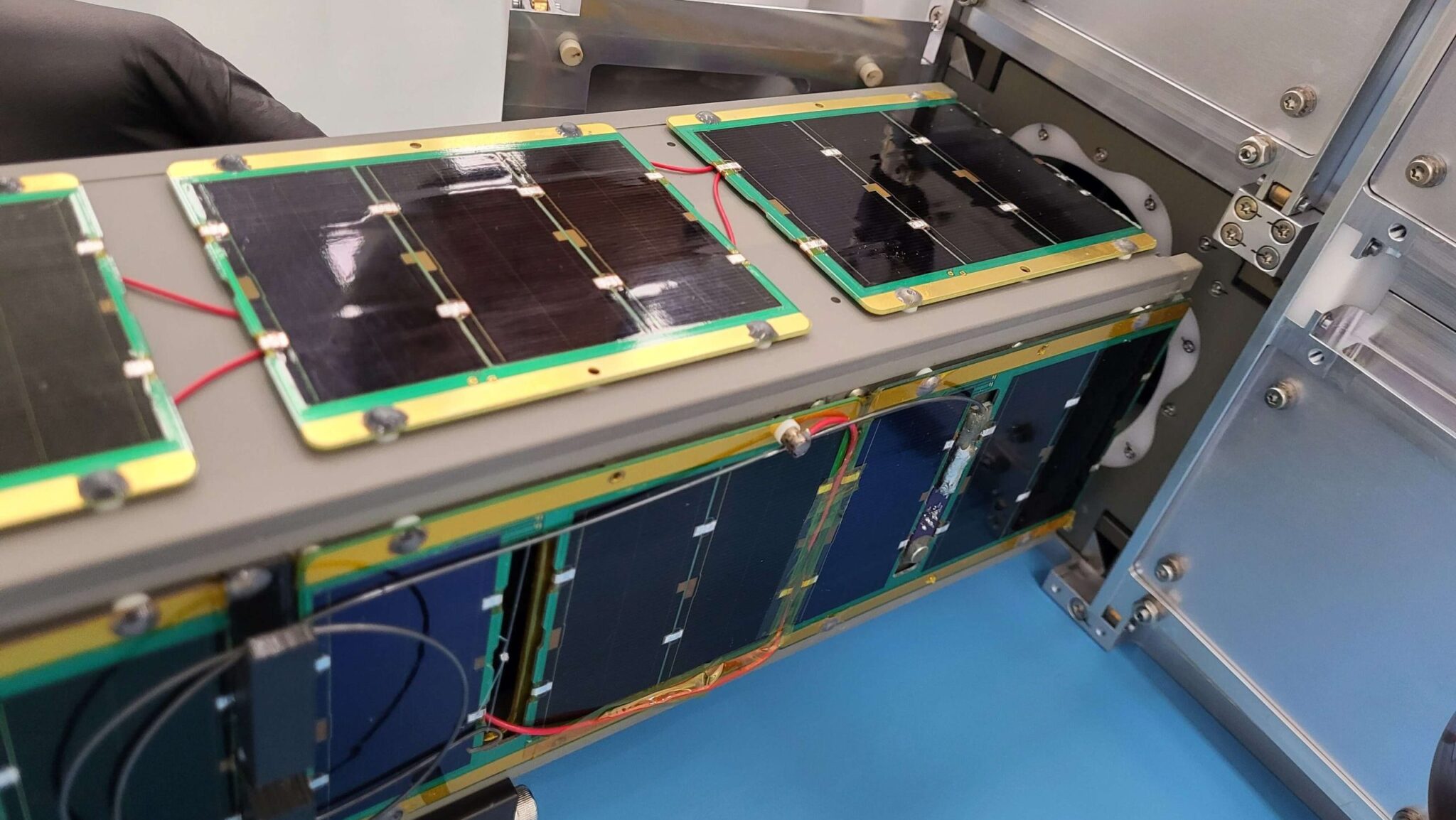
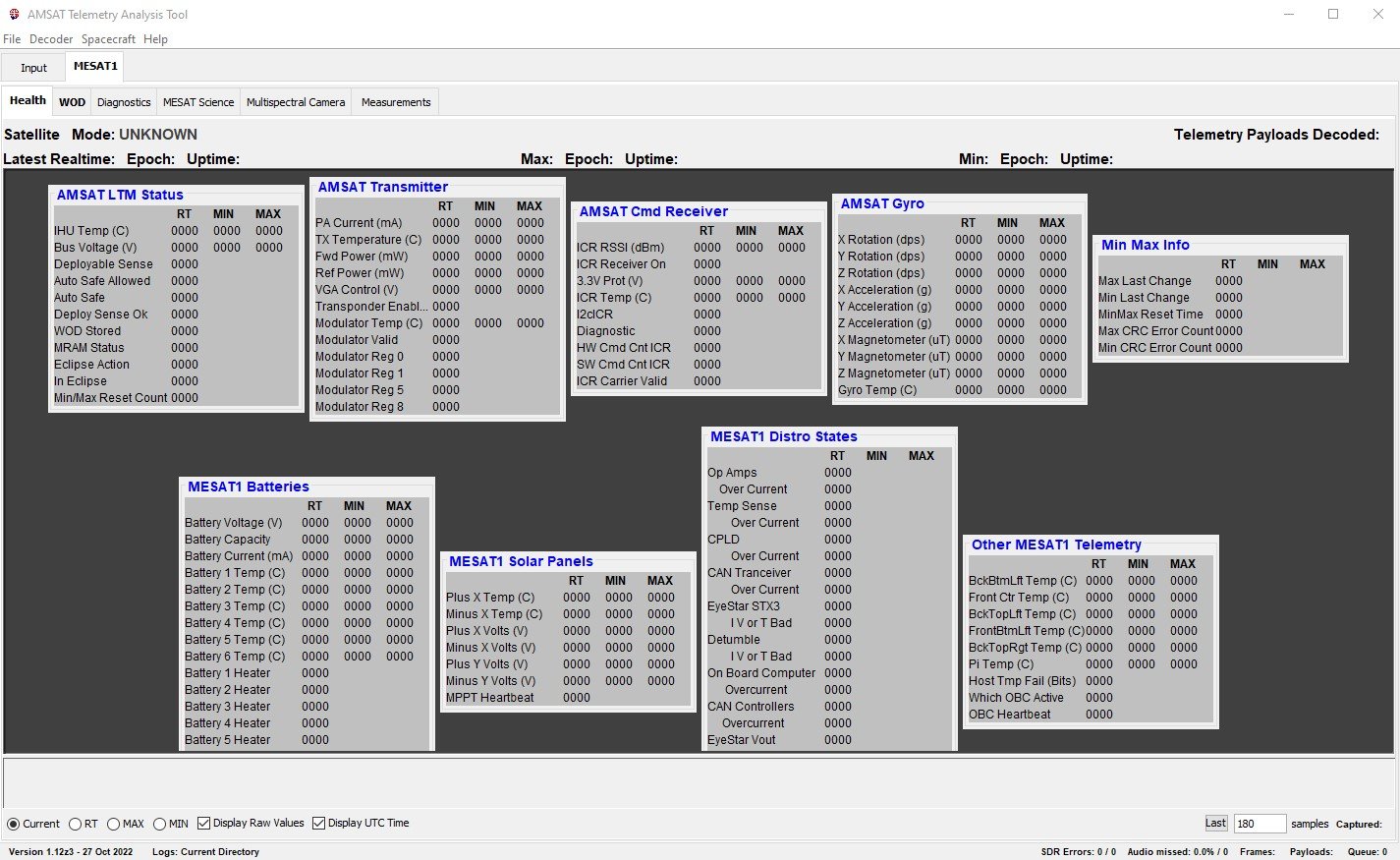
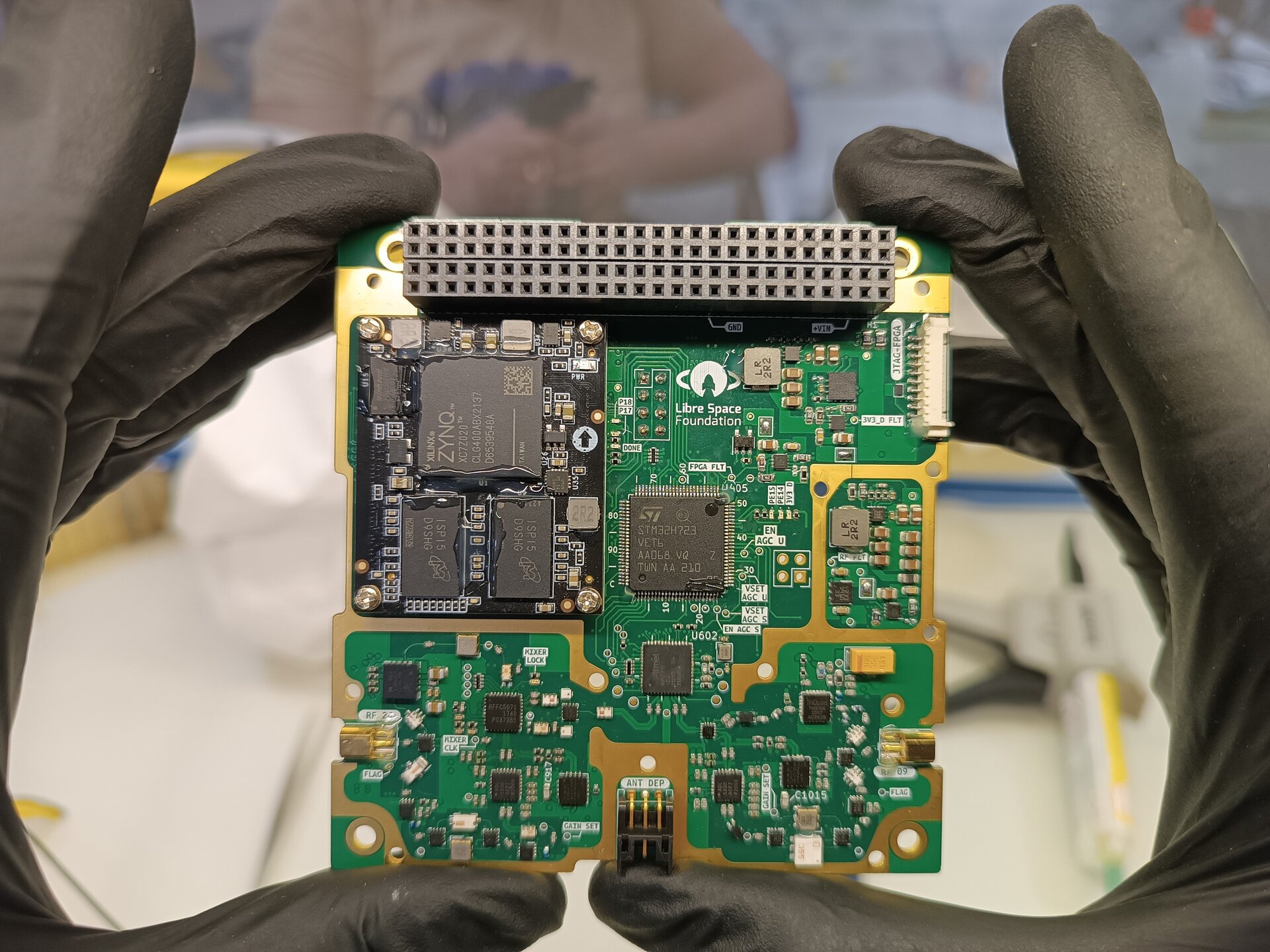
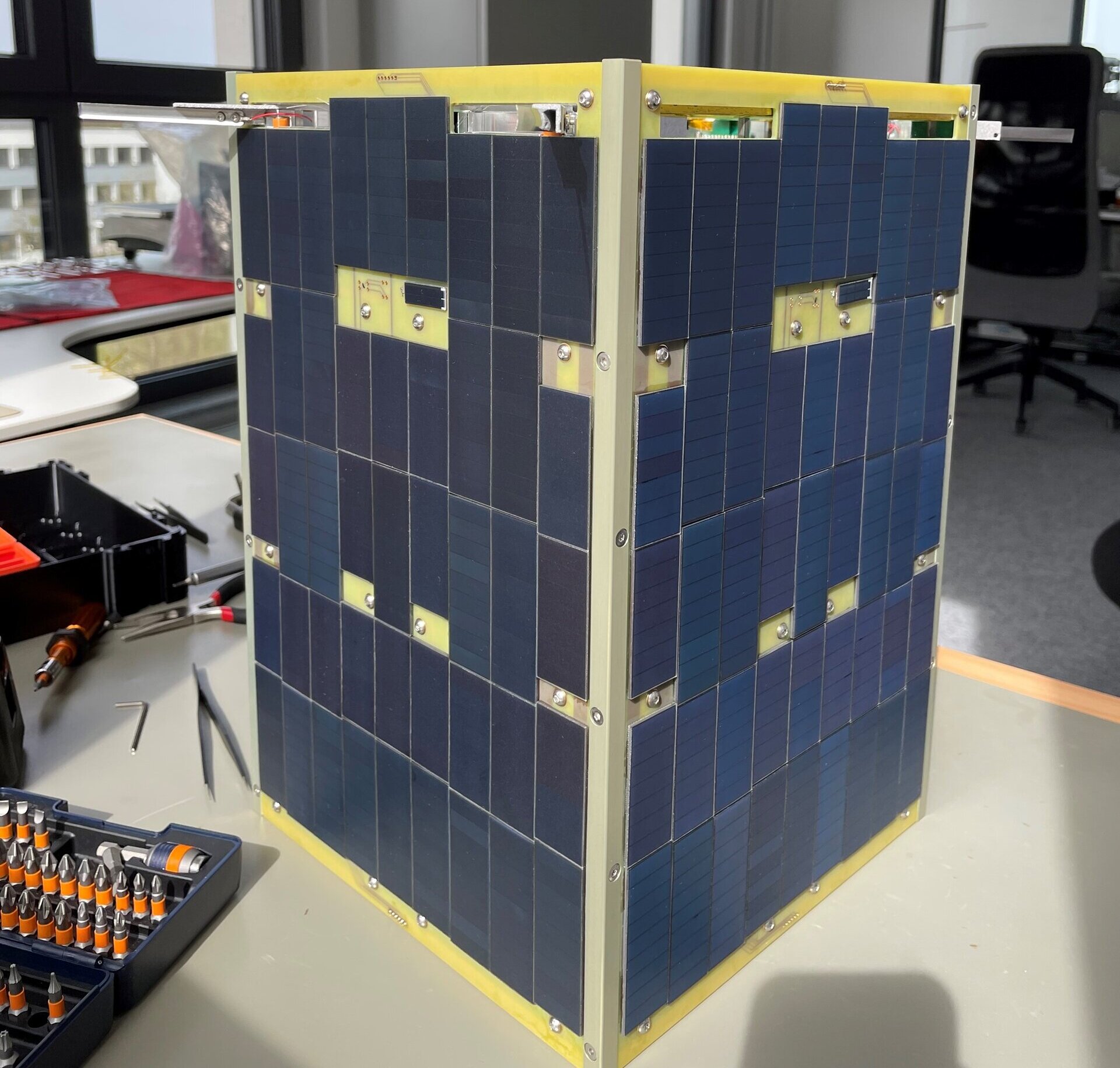
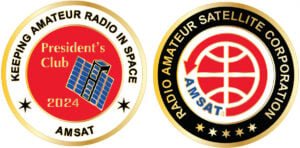 Join the AMSAT President’s Club today and help
Join the AMSAT President’s Club today and help 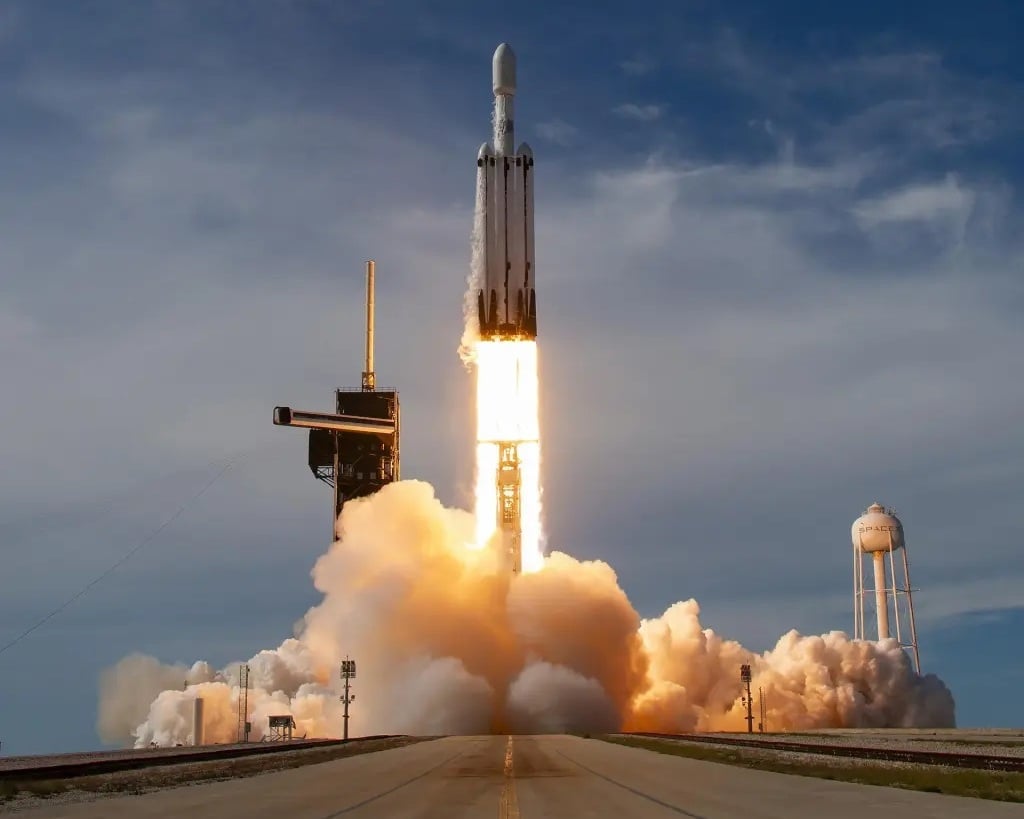
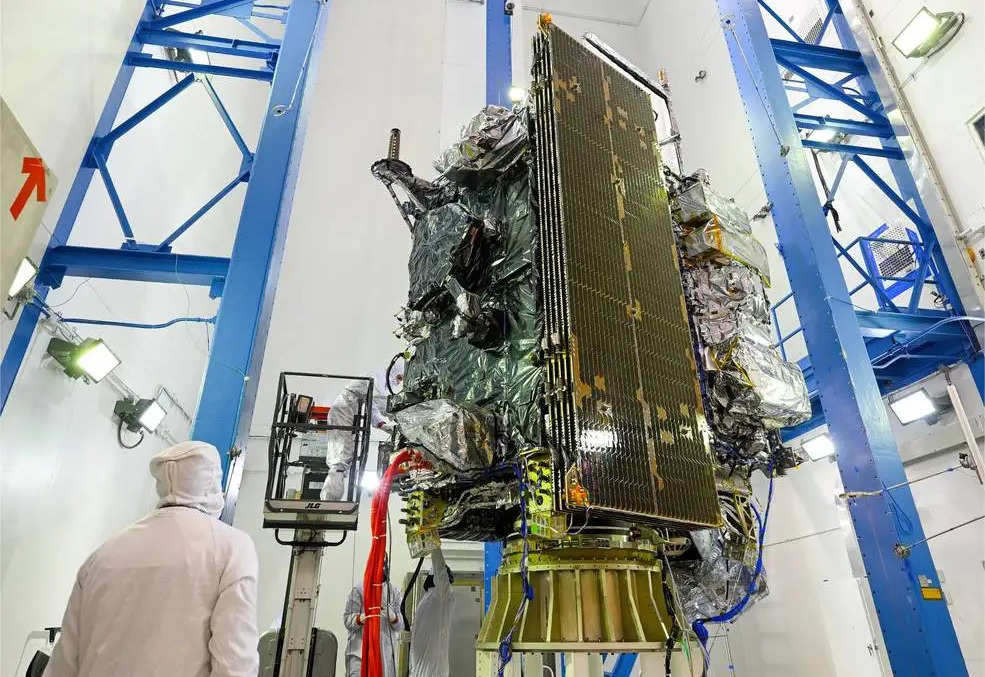
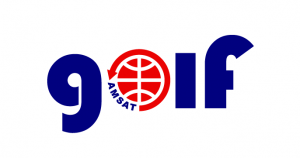 AMSAT Vice President – Engineering, Jerry Buxton, NØJY, will host Q&A “social gathering” live streams on YouTube and Twitch, as he mentioned in his Hamvention “They Cancelled All My Flights” video. This is an opportunity to follow up with Jerry on developments with GOLF, FoxPlus, and other projects. Come by and chat a question or comment for discussion on your choice of the platforms:
AMSAT Vice President – Engineering, Jerry Buxton, NØJY, will host Q&A “social gathering” live streams on YouTube and Twitch, as he mentioned in his Hamvention “They Cancelled All My Flights” video. This is an opportunity to follow up with Jerry on developments with GOLF, FoxPlus, and other projects. Come by and chat a question or comment for discussion on your choice of the platforms:
